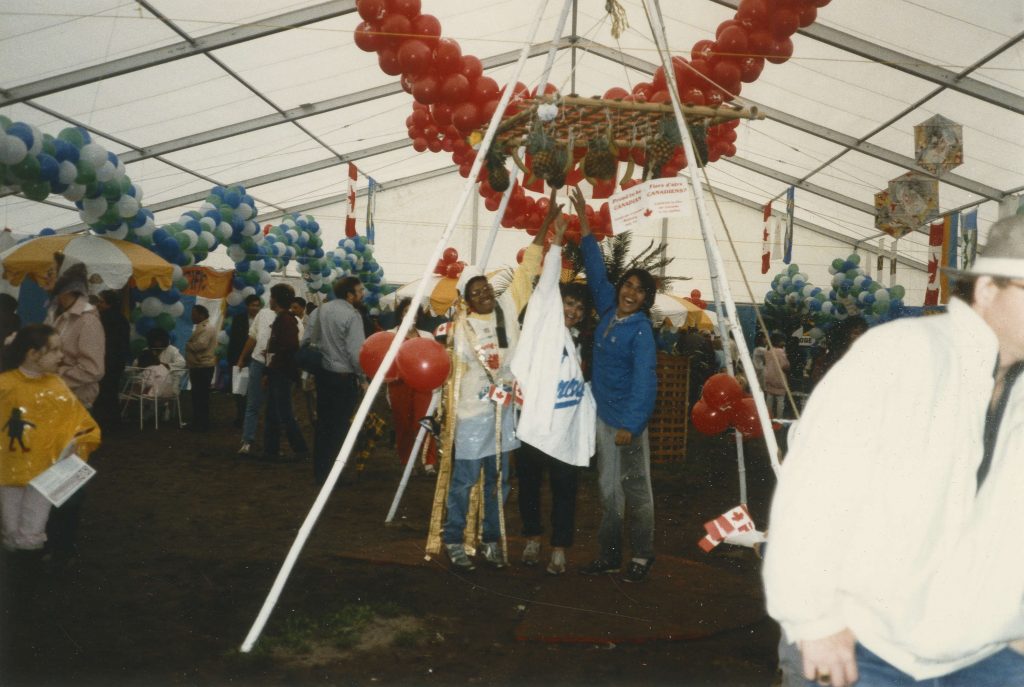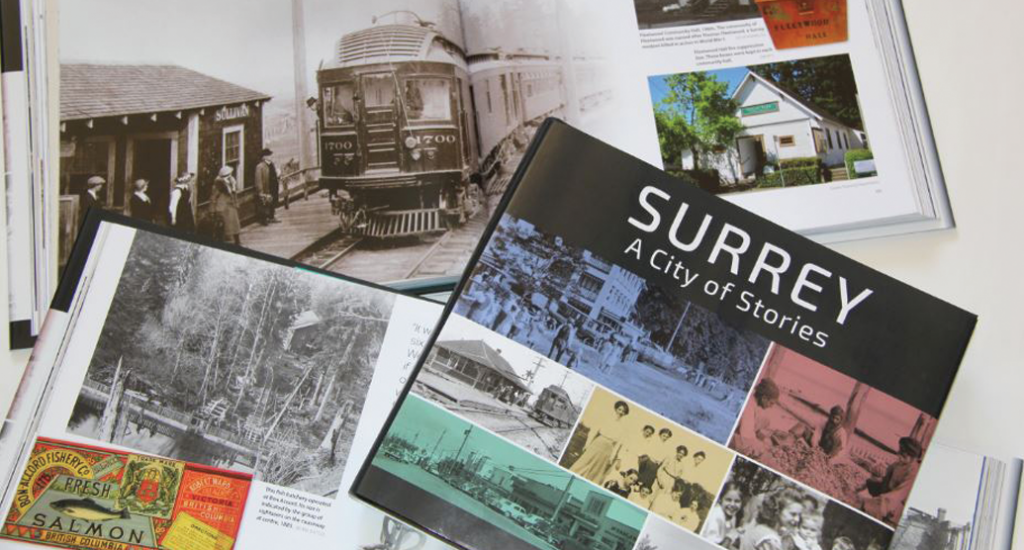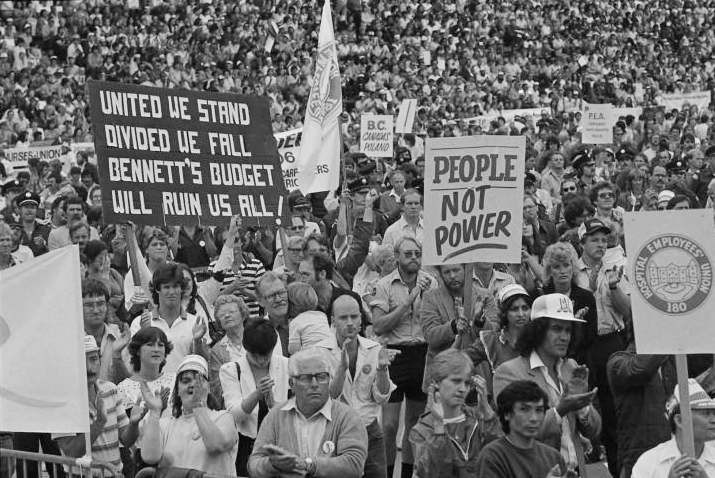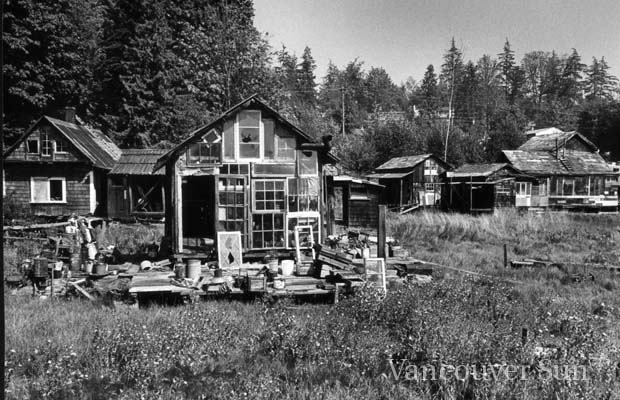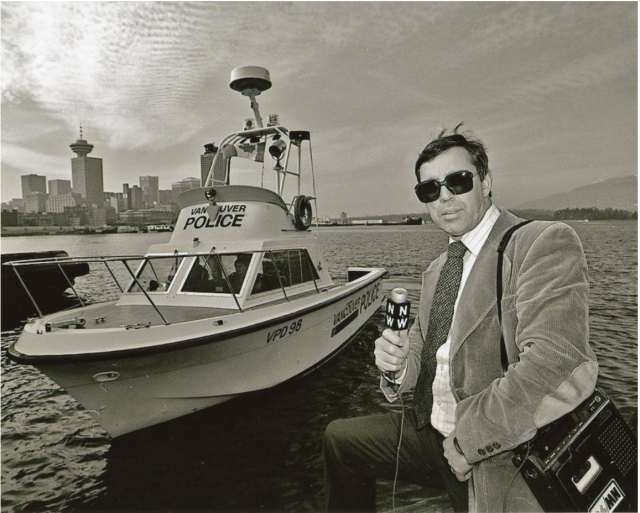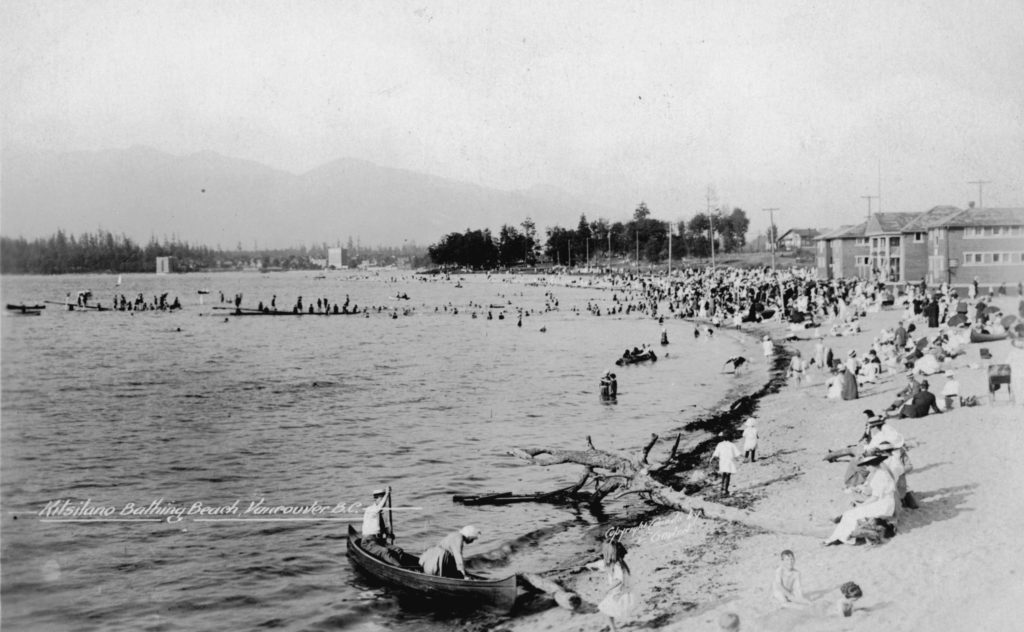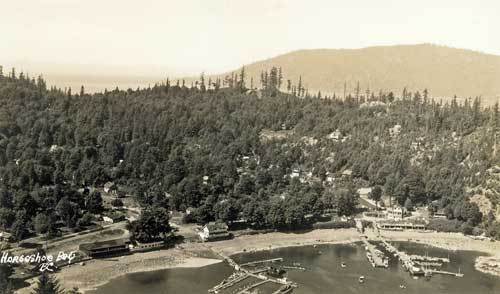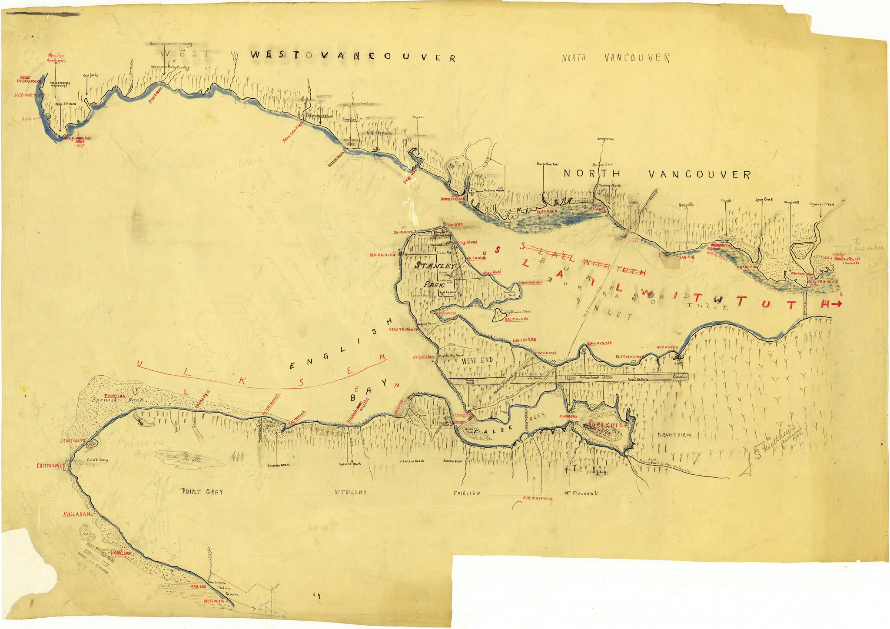Summaries of Talks and Field Trips - 2019
Glimpses of the Past through description, related books and internet connections
Women Fighting Poverty in the Downtown Eastside
Much remains to be understood about the historical contours and configurations of women’s poverty in Vancouver’s Downtown Eastside neighbourhood. In her presentation Meghan Longstaffe connected contemporary anti-poverty and anti-violence movements in this community with histories of women’s activism from the 1960s and 1970s. By the late postwar period, the Downtown Eastside was a space of poverty, homelessness, violence, and mortal risk for its women residents, many of whom were Indigenous. Women from diverse class and cultural backgrounds identified these conditions as an urgent social issue and responded through various forms of voluntary care work. This talk situated care work – including the establishment of the neighbourhood’s first drop-in centres, women’s shelters, and community centres – within a rich history of activism in the Downtown Eastside.
Meghan Longstaffe is a PhD Candidate in the Department of History at the University of British Columbia. Her research examines the historical intersections of women, poverty, and social activism in urban spaces, with a current focus on Vancouver during the 1960s and 1970s.
Filipino Immigrants on the Pacific's Northwest Coast
This presentation examined the post-war resettlement patterns of Filipino immigrants on the Pacific northwest Coast of Canada and the United States. These resettlement patterns have been shaped by the Philippines’ colonial ties to the United States, its dense transnational economic ties since the 1980s with Canada, and the differing immigration policies and integration practices in the Pacific North West. The talk examined the historical and contemporary issues facing the full integration of the Filipino community into the multicultural landscape of Vancouver and demonstrated how and why Filipino immigrants are like “canaries in a coal mine” within the visible immigrant population of Metro Vancouver and Canada.
Leonora C Angeles is cross-appointed faculty member at the University of British Columbia School of Community and Regional Planning and the Institute for Gender, Race, Sexuality and Social Justice. She volunteers for various Filipino-Canadian organizations such as the Daloy Puso youth mentoring network and also sits on the Board of the Erasga Dance Company and the University of the Philippines Alumni Association of British Columbia.
Surrey: A City of Stories
Award-winning author K. Jane Watt presented her latest book, Surrey: A City of Stories, the first Surrey history book of its kind and a visual record of Surrey’s early years and its growth into the modern city of today. Surrey: A City of Stories is a coffee table style book created with the intent to inspire conversation and create a sense of community. It showcases archival photos, maps, documents and artifacts from Surrey’s archives and museum collections, and features the reminiscences of Surrey citizens. A richly-textured experience, this book speaks to people new to the history of this place as well as those with deep roots in the community.
K. Jane Watt is a writer and editor based in Fort Langley, owner of Fenton Street Press. She is the current president of the British Columbia Historical Federation and managing editor of British Columbia History magazine.
When Labour Mattered: Twenty Years of Turbulence in the BC Labour Movement
The British Columbia labour movement emerged after WWII as a provincial centre of power and in the 1960s and 1970s directly challenged both the province’s Social Credit and New Democratic governments for political influence. Labour pushed back fiercely against the anti-labour policies of WAC Bennett’s Social Credit government but also fought for influence over the Dave Barrett government, which in 1975 legislated the largest back-to-work order in BC’s history. Newspapers hired labour specialists to report on and interpret the discord. This talk presented a first person perspective on twenty years of labour turbulence in BC history.
Waterfront Battles and the Squatters Who Fought Them in 1970s Vancouver
Two settlements on Vancouver’s waterfront fringes in the 1970s: Bridgeview, a working-class neighborhood on the south bank of the Fraser, mired in a decades-long battle with Surrey Council for basic amenities; and the Maplewood Mudflats squatters, a counter-cultural village of shacks on stilts raised above the tides on the city’s North Shore. Jean Walton presented from her literary non-fiction book Mudflat Dreaming, which explores the back-stories behind each community. Seen in the light of First Nations’ claims to unceded territory, these stories of settler society conflicts over Vancouver’s littoral raise ongoing questions about the dubious distinction between squatting and “legitimate” land ownership.
Jean Walton is professor of English at the University of Rhode Island, where she teaches modernism, film, and gender studies. She is the author of Fair Sex, Savage Dreams: Race, Psychoanalysis, Sexual Difference (Duke University Press, 2001) and Mudflat Dreaming: Waterfront Battles and the Squatters Who Fought Them in 1970s Vancouver appeared with New Star Books in 2018.
Incorporation Day Luncheon
Starting from humble beginnings as a farm boy in Saskatchewan, George Garrett rose through the ranks of journalism and came to be known as the reporter who, as radio personality Rafe Mair recalled, “seemed to know details almost as soon as the police did” on such infamous stories as the Clifford Olson murders. He was willing to take risks to get to the real story, which resulted in his being assaulted in the Rodney King riots in Los Angeles. Despite suffering a broken jaw, he continued to cover the story.
“The blood was spattering onto my notepad, so I kept it as a souvenir.”
Through it all, George Garrett never lost the insatiable curiosity that, according to Rafe Mair, made him the “standard by which good reporting is judged.” His new memoir, George Garrett: Intrepid Reporter, is a collection of stories from Garrett’s career as well as his childhood.
The Untold Story of Sam Greer’s Battle for Kitsilano
In September 1891, Samuel Greer either accidentally or intentionally shot Deputy Sheriff Tom Armstrong through the door of his family’s small house near what’s now called Kitsilano Beach. This was the dramatic climax of a much longer war between Greer and the Canadian Pacific Railway Company. Both claiming the same land on English Bay, Greer and the CPR had for years engaged a range of tactics to undermine each other’s position, including court cases, provincial investigations, newspaper editorials, and industrial sabotage.
The broad contours of their conflict – with its culmination in the shooting of Armstrong, who had come to evict the Greers on behalf of the company – has become legendary in the history of Vancouver. However, much more remains to be understood about it. Laura Ishiguro explained the “Battle for Kitsilano” by connecting it to the larger untold story of Greer’s life in British Columbia. In so doing she revealed the significant underlying history of land, law, corruption, and colonialism in the making of Vancouver.
Dreams and Designs: The Making of West Vancouver
Author Francis Mansbridge gave an overview of the unique circumstances that created West Vancouver, starting with the cottage community of a century ago and continuing through the British Properties era to the current situation of very large, very expensive homes on view lots and luxurious condominiums along the waterfront, analyzing and speculating on the social changes in the community along the way.
People of the Inlet: A Look at Tsleil-Waututh History in Burrard Inlet
Located on the north shore of Burrard Inlet, the Tsleil-Waututh Nation (TWN) are Coast Salish people who speak a dialect of the Halkomelem language and are closely related to but politically separate from the nearby nations of the Squamish and Musqueam. Carleen Thomas, a member of the TWN, told the history of her people through the experiences of one family as revealed in photos, maps, and personal family stories. The importance of stewardship, culture, and relationships between communities in the history of the Tsleil-Waututh Nation were highlighted.


![Columbia and Hastings [Streets looking] east - Image: CVA COV-S505-1-: CVA 772-483](https://vancouver-historical-society.ca/wp-content/uploads/2023/08/dc860f03-d61a-4df1-b391-02b901b98f1c-A43141-1024x710.jpg)
